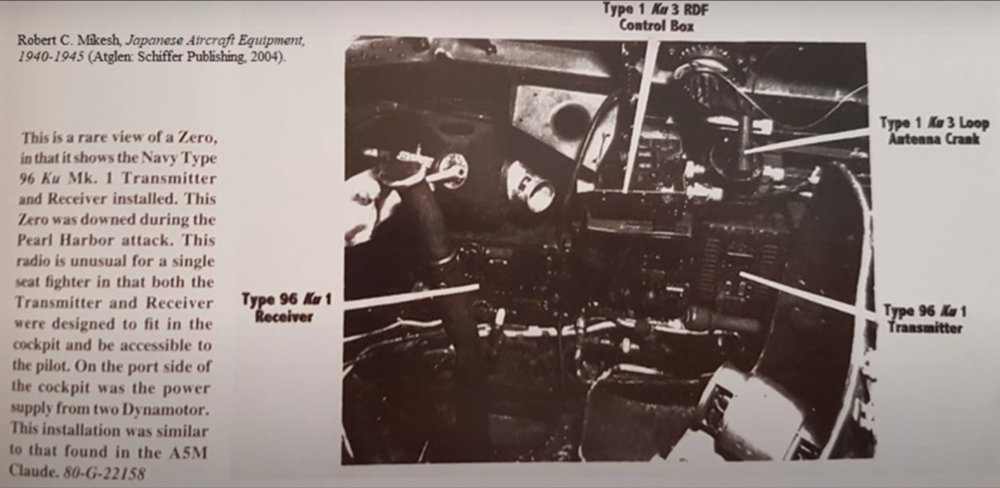
@danieljleahy & @ww2tv had a crackerjack stream on Australian Stuart tanks at Sanananda New Guinea this morning. Someone in the chat asked how they go there.
This thread will address that question.
1/
This thread will address that question.
1/
So, lets talk about the Australian Operation Lilliput that ran freighter convoys from Milne Bay to Oro bay in 1942.
The route that was used in Dec 1942 was pioneered by the US Army Small Ship Service (USASS).
en.wikipedia.org/wiki/Operation…


The route that was used in Dec 1942 was pioneered by the US Army Small Ship Service (USASS).
en.wikipedia.org/wiki/Operation…



John Sheridan Fahnestock and Adam Bruce Fahnestock, friends with Pres. Roosevelt, originated the idea of a unit of small sailing ships to deliver supplies to Bataan, called “Mission X.”
It was a measure of the desperation of the time that MacArthur bit
2/
transportation.army.mil/history/docume…
It was a measure of the desperation of the time that MacArthur bit
2/
transportation.army.mil/history/docume…

These small boats were the key distribution mode for the SWPA. They moved supplies at night from advanced bases outside the bombing range of the Japanese Army and Naval Air Forces. Like the PT-Boat, their biggest enemy in 1942-43 was the small Japanese float planes...
3/
3/

...that flew day & night plus were both low and slow enough to spot them. Then either these sea planes attacked, or worse, orbited and reported by radio to awaiting Japanese fighter patrols.
4/
4/

The RAAN vessel HMAS Paluma (a 45 ton former examination vessel, see photo) did the actual surveys with the USASS luggers & fishing smacks the to find a reliable approach for larger vessels from Milne Bay to supply troops landed by air near Cape Nelson.
5/
ozatwar.com/sigint/paluma.…
5/
ozatwar.com/sigint/paluma.…

The 1st Lilliput convoy "Operation Karsi" was in Dec 1941, it took "...the former train ferry Karsik was pressed into service as an emergency tank landing ship, carrying four M-3 Stuart tanks of the Australian 2/6th Armoured Regiment to Oro Bay."
6/
awm.gov.au/visit/exhibiti…
6/
awm.gov.au/visit/exhibiti…

The Japanese took great exception to these convoys.
And given the geography of the Owen Stanley mountain range. The IJN had air superiority a few hours every day.
Photo left is of survivors of the s’Jacob, sunk on 8 March 1943, await rescue by HMAS Bendigo near Oro Bay
7/

And given the geography of the Owen Stanley mountain range. The IJN had air superiority a few hours every day.
Photo left is of survivors of the s’Jacob, sunk on 8 March 1943, await rescue by HMAS Bendigo near Oro Bay
7/


The Allies in their turn took greater exception to these IJN attacks and deployed airfields radar & fighter control sensor network to gain air superiority & shield these sealanes.
This effort began before the Stuarts were delivered & went on after Sanananda was won.
8/End

This effort began before the Stuarts were delivered & went on after Sanananda was won.
8/End


@threadreaderapp unroll please
• • •
Missing some Tweet in this thread? You can try to
force a refresh




















